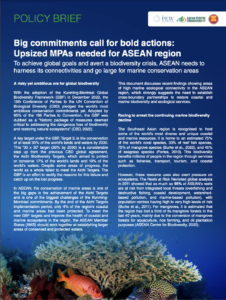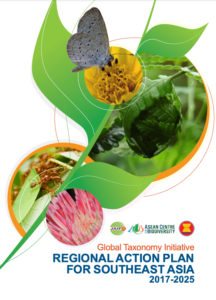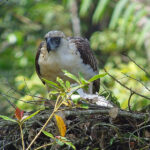Consisting of densely forested slopes, numerous caves, over a dozen mountain peaks, several waterfalls, and a hot spring, the Mt. Kitanglad Range NaturaI Park is one of the few remaining rainforests in the Philippines where one can still find the Philippine Eagle.
The Park covers 47,270 hectares (31,236 hectares of protected area and buffer zone of 16,034 hectares) in the north central portion of the province of Bukidnon. This is also the ancestral domain of the Talaandig, Higaonon and Bukidnon ethnolinguistic groups that share common historical and cultural ties with Mt. Kitanglad.





























